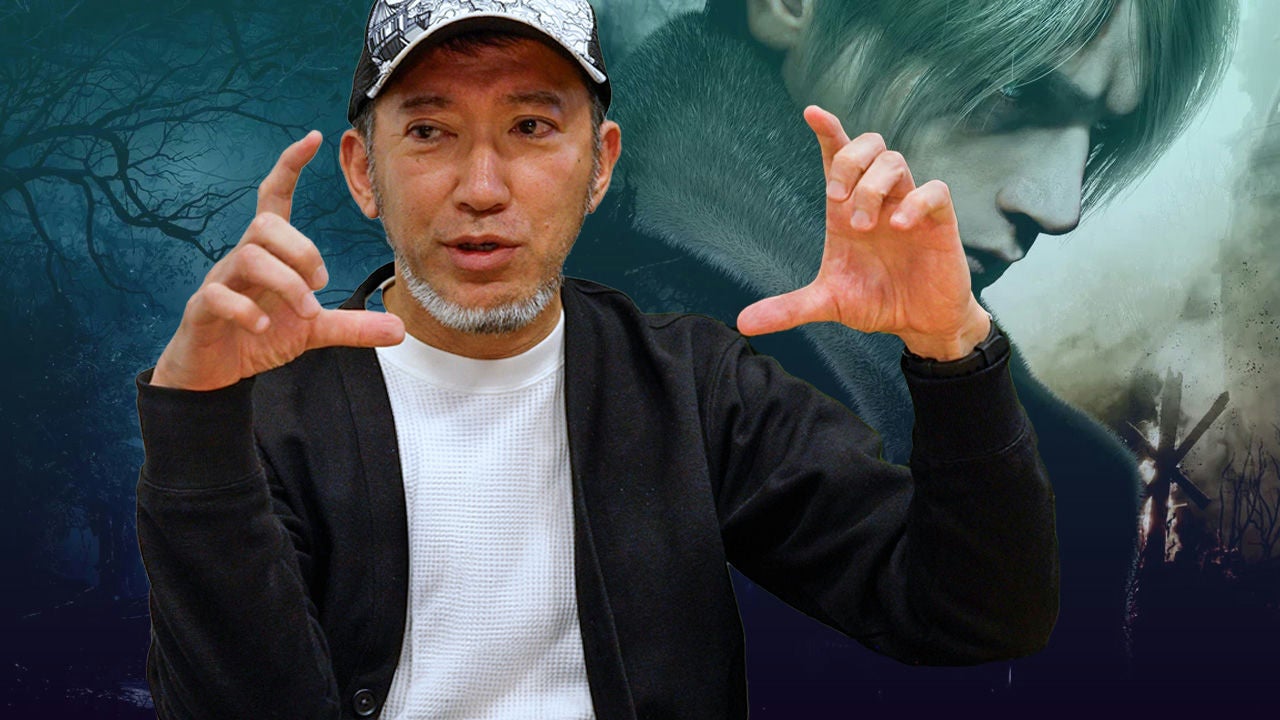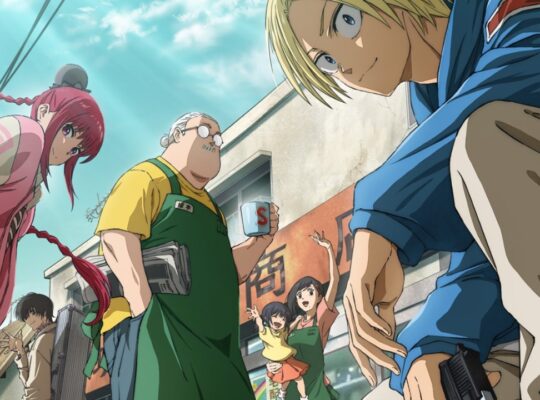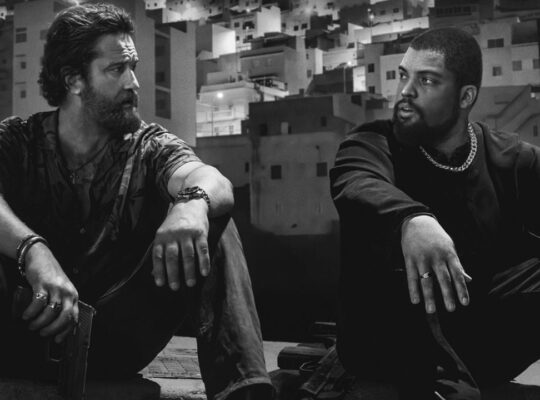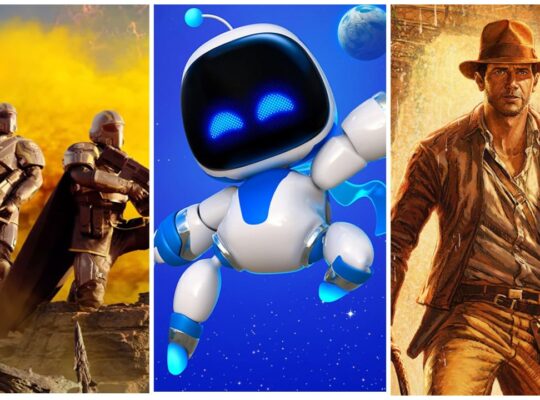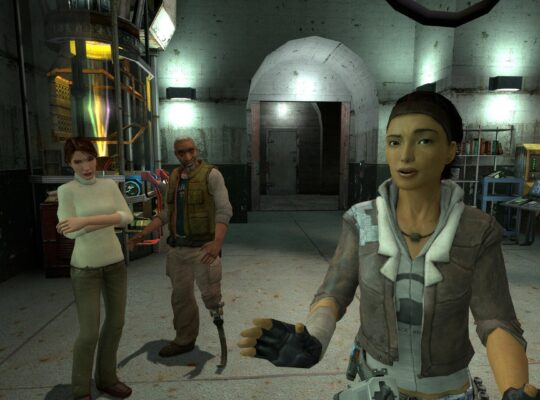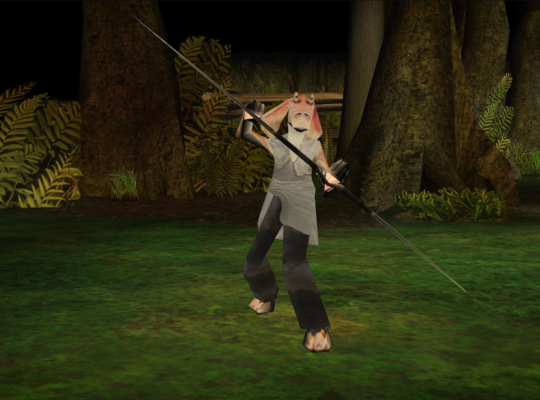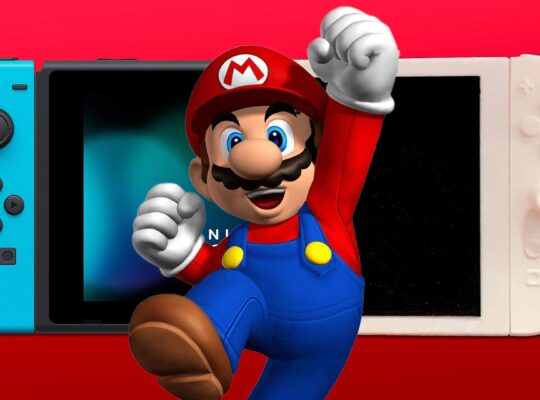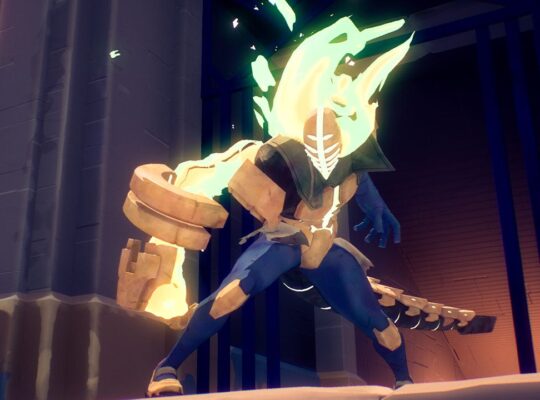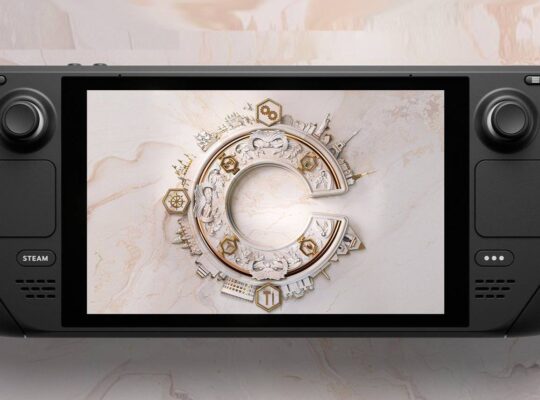Video game remakes are everywhere these days. We’ve just had a new version of Silent Hill 2, the Final Fantasy 7 remake trilogy is in full swing, and a recreation of Metal Gear Solid 3 is on the horizon. But few people know remakes quite as well as Shinji Mikami. The co-creator of Resident Evil has watched teams craft highly-successful recreations of his own games, and back in 2001 even helmed the remake of the first project he ever headed up – making him the director of both Resident Evil and Resident Evil.
So, if there’s anyone who knows what makes a good remake, it’s Shinji Mikami. “I think the comprehensive and fundamental understanding of what it was that made the original work in the first place is probably the most important point of a good remake,” he tells me.
“Everything from the ground up, basically,” he explains. “There’s a few examples of that with certain series that Capcom has put out.” He is, of course, talking about the recent run of Resident Evil remakes, the most recent of which is the almost universally-celebrated Resident Evil 4. Mikami has played it and offers glowing praise for the team at Capcom.
“I thought that it was really well-made,” he says. He’s particularly impressed by how the remake handles the more nuanced details of combat, such as the timing between aiming and shooting, which in the original was finely balanced to ensure mounting pressure and tension. “I thought that they showed a really good understanding of that element,” he tells me.
“Another thing I thought was really well done was the way they took the half-assed scenario that I just wrote up in two weeks and really built up on that and really fleshed it out,” he adds. “They showed that they really understood the characters and their interactions. They showed a good understanding of the backbone of each character. And they took not just the scenario itself, but even the dialogue, and they improved all that stuff so that was really great.”
The comprehensive and fundamental understanding of what made the original work in the first place is probably the most important point of a good remake.
My conversation with Mikami was part of his promotional work for Shadows of the Damned: Hella Remastered, a spruced-up version of the cult classic he produced back in 2011 (amusingly, Mikami notes that “I personally don’t really have any interest in remasters” during the chat, so a passion project to revive Shadows this isn’t). We were also joined by Goichi Suda (AKA Suda51), Shadows of the Damned’s writer and CEO of developer Grasshopper Manufacture. Suda has more interest in remasters than Mikami; alongside this new version of Shadows, Grasshopper has also remastered Lollipop Chainsaw this year, and had previously restored No More Heroes and Killer7 for modern platforms. But Suda varies his approach when returning to his old games. Sometimes a remake is needed.
“One thing that really stands out about remaking The 25th Ward was, at the time when we did the remake, it was completely unplayable,” Suda explains. “It was originally only available on Japanese flip phones. And, on top of that, it never actually ended. The original version didn’t have a proper conclusion or ending to it.” These factors ensured that, instead of a remaster, The 25th Ward was totally remade in 2018 to both suit the PlayStation 4 console and to finally provide players with a conclusion to the story.
For Shadows of the Damned, Mikami and Suda have chosen to remaster rather than remake. Instead of expanding and reinventing aspects of their 2011 game, which sold poorly but garnered a cult following, the duo have stuck closely to the original version. The approach allows modern audiences to experience the game as it was released back on the Xbox 360 and PS3. Nevertheless, there are some new elements to ensure long-term fans are rewarded.
“I wanted to keep the game as close to the original as possible, but there were definitely things that I wanted to add on and emphasize or accentuate this time around,” says Suda. “For example, there’s some new costumes for the main character, there’s the new game plus mode. There’s a few things that we wanted to use to boost the experience a bit. But yeah, we certainly wanted to keep it as close to the original as possible.”
Personally, I’m more interested in remaking Killer7 than I was in remastering Shadows of the Damned.
But, as noted earlier, Mikami isn’t all that interested in remasters. That’s not to say he’s not interested in revisiting the past, though. “Personally, I’m more interested in remaking Killer7 than I was in remastering Shadows of the Damned,” he tells me. “If I got to choose, I’d rather do a sequel to Killer7 or something.”
Released in 2005, Killer7 was an incredibly stylish action thriller. Its complex story, following the exploits of an assassin with multiple personalities, was co-written by Mikami and Suda. It’s another project from the duo with a cult following, and one that has largely been lost to time: aside from a 2018 PC remaster, Killer7 was only ever made for the GameCube and PS2, with no modern console re-releases available. As such, the game’s small but loyal following has long cried out for a sequel or remake.
Reflecting on the original, Suda says “I was constantly really, really conscious of the fact that I was making an action game together with Mikami, the guy who made the Resident Evil series. And with that, [he] revolutionized the way action games are made.
“Another thing that I was constantly conscious about was the fact that we were trying to make a game to put out to the whole world, not just domestically. All the new ideas that we had, for example, controller inputs and the gameplay and the action itself, we tried to make this stuff as new and original as possible. If we were to do another Killer7 thing, that’s something that I’d like to return to. Making something completely new and original and putting a bunch of revolutionary stuff in it.”
While Mikami likes the idea of returning to Killer7, he feels that his vision for the game’s art may clash with modern expectations. “I feel that, at the time, the art that we used for Killer7 matched really well with the specs of the time,” he says. “And if we were to make a new version of it nowadays, people would probably be expecting something a lot more realistic. And that would just feel funky and weird. That’s not really what the game was about.
“If we were going to redo it, if we were going to do something new with it, there would be a whole lot that would have to be changed,” he theories. “Everything from background settings and the art itself, it would have to be pretty much redone from the ground up.”
“This isn’t any kind of promise that we’re going to be making a sequel or a remake or anything,” he quickly adds. “It’s just two dudes shooting the shit.”
Even though it’s just two dudes shooting the shit, the conversation gives us a good insight into what one of the most celebrated directors in gaming thinks makes a good remake. The best are ground-up recreations that study and dissect the components that made the original game work so well, and then use that understanding to expand on the good and enhance any weaknesses. It’s a simple recipe that requires a deep, intricate understanding of the original game in question. Thankfully, Mikami’s work has inspired such dedication, and the result has been the Resident Evil remakes.
As for the remakes yet to come, let’s hope they’re based on original projects that also inspire such close study and appreciation for every little detail, right down to the microseconds between aiming and squeezing the trigger.
Matt Purslow is IGN’s Senior Features Editor.


